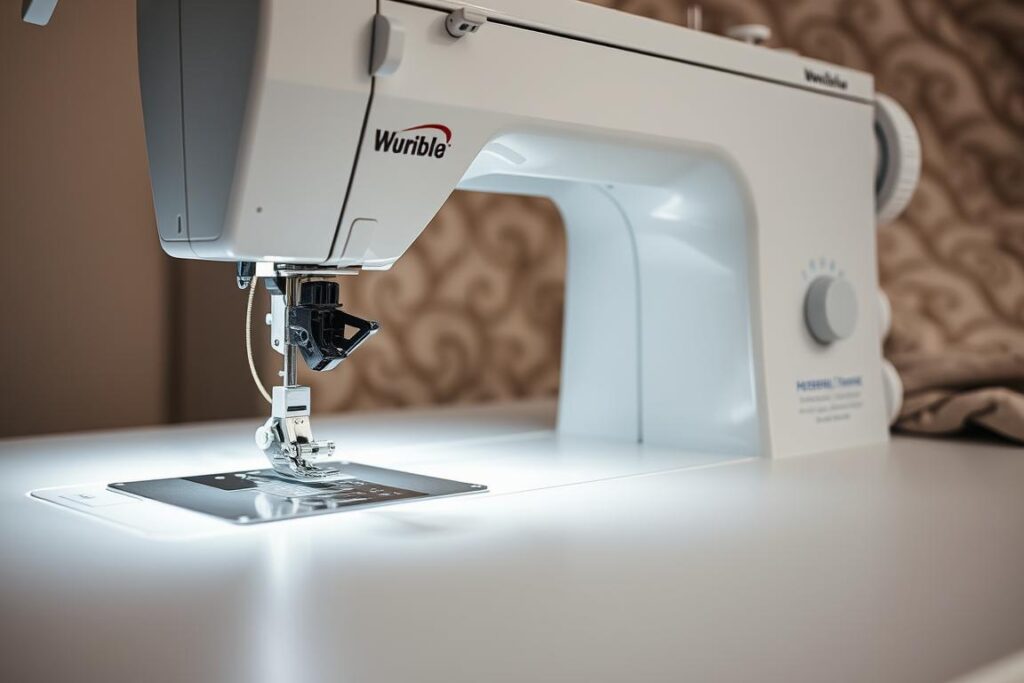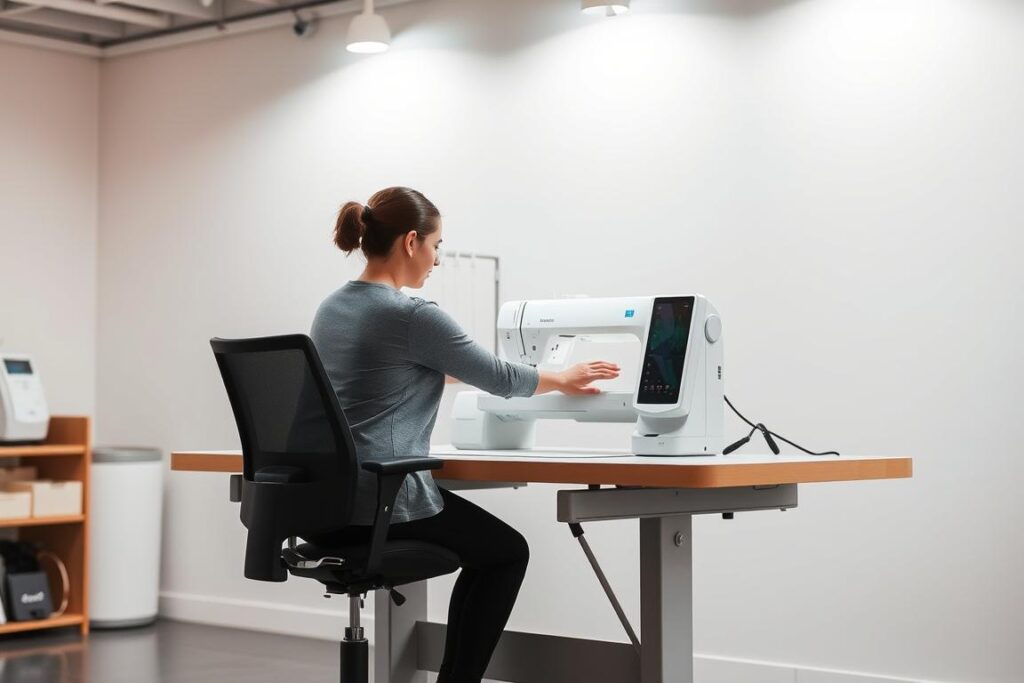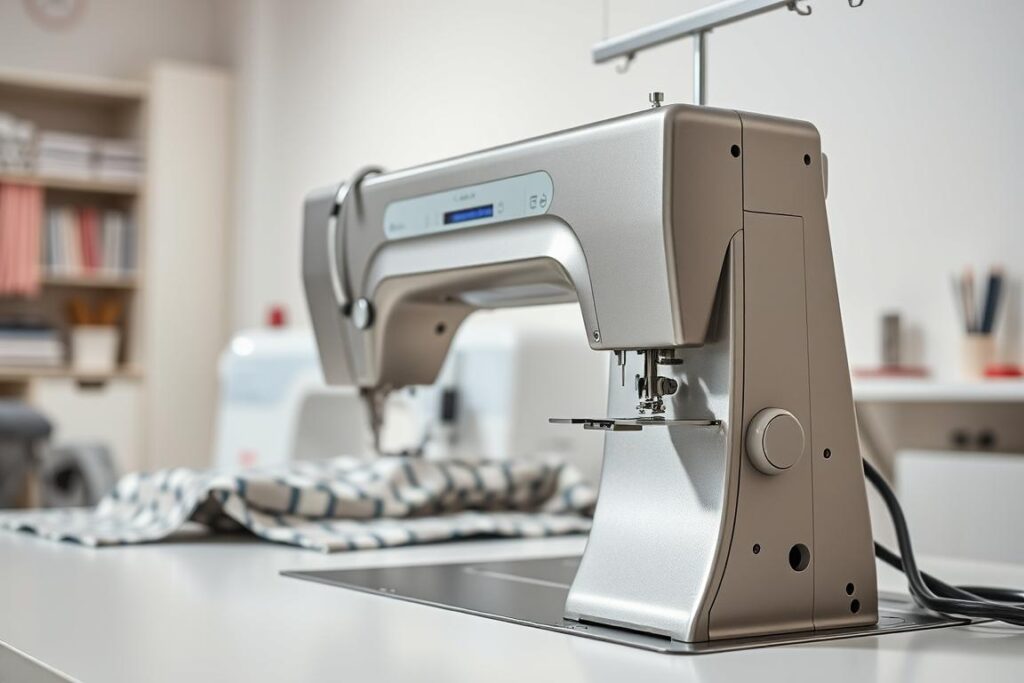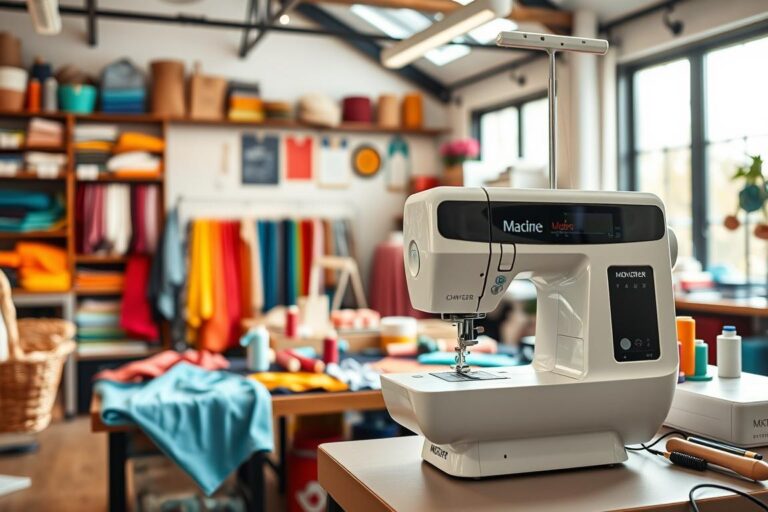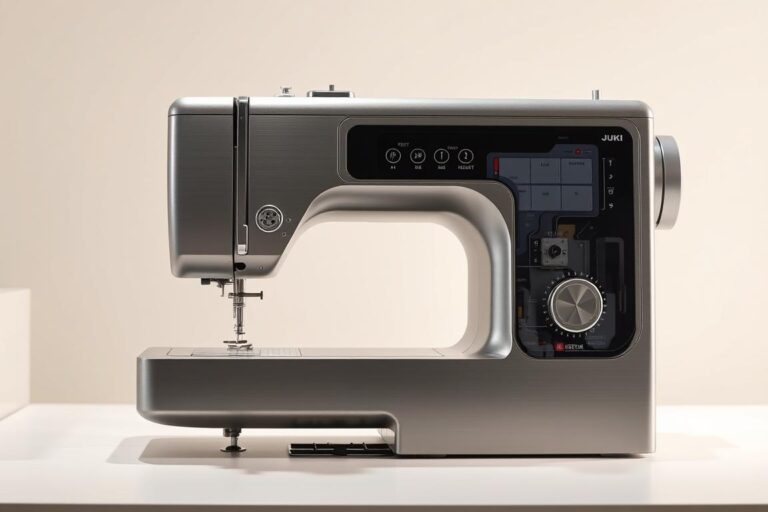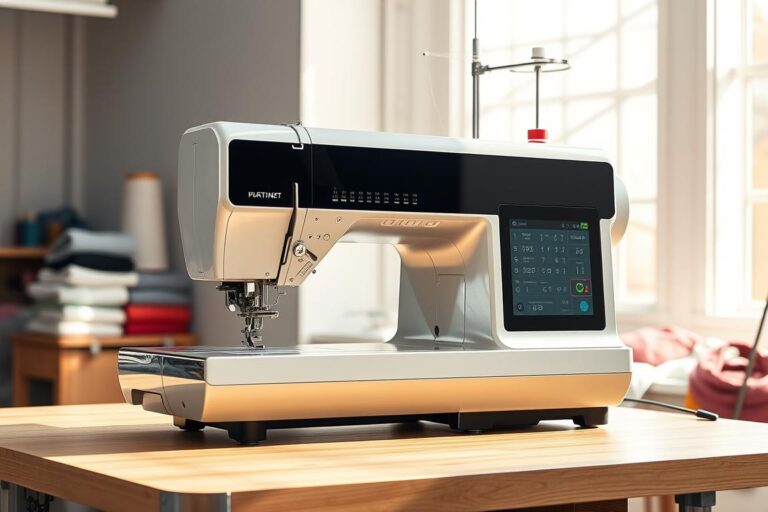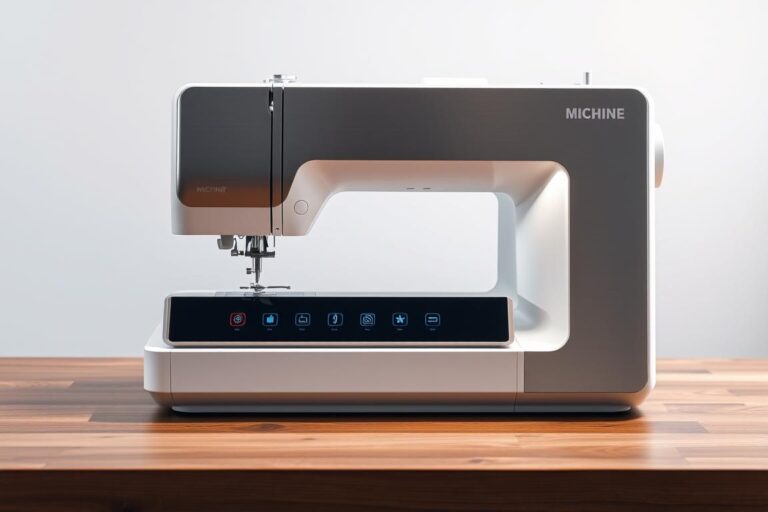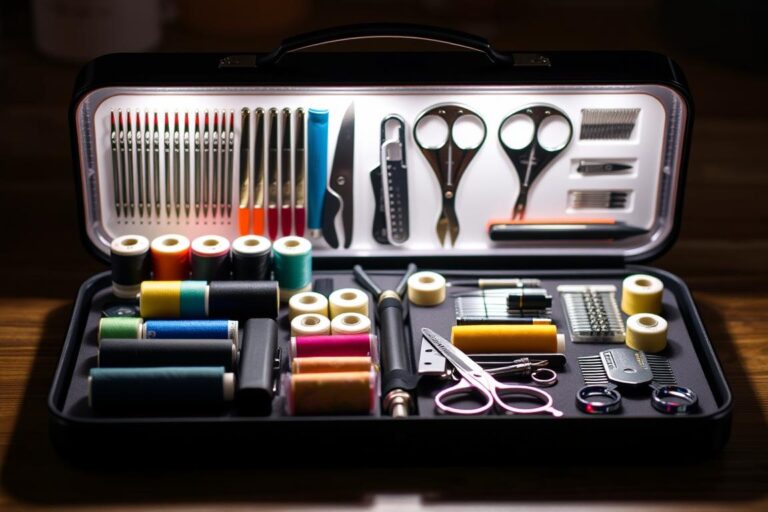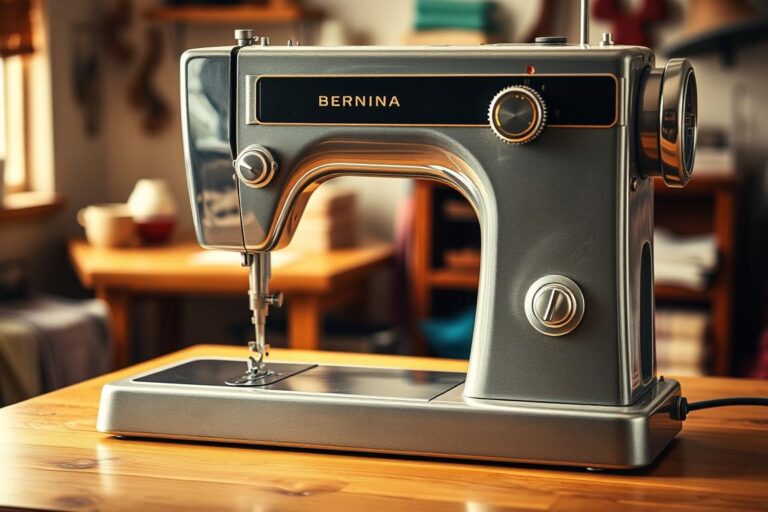Juki TL-2010Q vs. Brother : Best for Professionals?
Have you ever wondered what sets apart a quilting machine designed for professionals from the rest? As the demand for specialized sewing machines grows, crafters are looking for tools that can handle large, intricate projects with ease.
Two standout models have captured the attention of serious quilters. Both are built for durability and heavy-duty tasks, but they take different approaches to meet your needs. One offers a patented pin-feed system for precise fabric control, while the other provides versatility with multiple stitch options.
Whether you’re working on velvet, denim, or large quilts, the difference in features can make or break your workflow. So, what should you prioritize—throat space, included accessories, or stitch variety? Let’s dive in and explore what makes these machines unique.
Introduction: Juki TL-2010Q vs. Brother PQ1500SL
When tackling bulky quilting projects, having the right machine can make all the difference. Professional quilters often face the challenge of managing large, intricate designs. This is where specialized tools come into play.
One standout option is known for its flawless 12-layer stitching capability. Users report that it handles even the most complex patterns with ease. For example, one quilter shared their experience of completing the V1277 pattern without a single hiccup. This level of precision is a game-changer for those working on detailed projects.
On the other hand, another model appeals to those who value industrial heritage and stitch variety. While it lacks a free arm, it compensates with a convenient knee lift feature. This makes it a versatile choice for different types of projects.
Surprisingly, both machines share a common strength—they handle king-size quilts effortlessly. Whether you’re working on a large bedspread or a detailed wall hanging, these machines rise to the occasion.
Speed is another factor to consider. One model offers a consistent 1,500 stitches per minute (SPM), while the other ranges from 1,500 to 2,000 SPM. This difference can impact your workflow, especially when time is of the essence.
One feature that professionals particularly love is the suction feet stability. This “sleeper feature” ensures that the fabric stays in place, reducing the need for constant adjustments. It’s these small details that can make a big difference in your quilting experience.
So, what should you prioritize—specialization or versatility? Both machines have their strengths, but the choice ultimately depends on your specific needs. Whether you’re looking for precision or flexibility, these tools are designed to meet the demands of professional quilters.
Key Features Comparison
What makes a quilting machine truly stand out in a crowded market? It’s the little details that set the best apart. Let’s dive into the features that matter most to professionals.
One standout feature is the pin feed system. This game-changer ensures matched stripes and precise fabric control. It’s perfect for intricate patterns and large projects. Another model offers an automatic thread cutter, saving you time and effort during long sessions.
Throat space is another critical factor. One model provides 8.5 inches, while the other offers 9 inches. That extra half-inch can make a big difference when working on king-size quilts or bulky fabrics. It’s all about finding the right balance for your needs.
Cost is also a consideration. One machine includes a spring-action quilting foot and a walking foot right out of the box. The other requires separate purchases for these accessories, adding to the overall expense. Think about what’s included and what you’ll need to buy.
- Maintenance: One model requires regular oiling, while the other is designed for minimal upkeep. Choose based on your willingness to perform routine care.
- Hidden Gem: One machine is compatible with industrial presser feet, expanding its versatility. You can even use Janome snap-on feet with an adapter!
- Pro Tip: If you’re into garment sewing, note that one model lacks a free arm. This might limit its functionality for certain projects.
Finally, consider speed control. One machine offers a consistent 1,500 stitches per minute, while the other ranges up to 2,000. This can impact your workflow, especially when deadlines loom.
Every quilter has unique needs. Whether you prioritize precision, versatility, or cost-effectiveness, these features will help you make an informed choice. Happy quilting!
Performance in Professional Settings
How does a professional-grade quilting machine transform your workflow? Let’s explore real-world performance to see how these tools handle the toughest challenges. From thick denim to delicate silk, the right machine can make all the difference.
One standout feature is the ability to handle 12-layer denim seams effortlessly. This ensures smooth, precise stitching even on heavy fabrics. For quilters working on jeans or upholstery, this is a game-changer. Another model shines with its needle down function, which locks the fabric in place for unmatched precision.
When it comes to speed, these machines don’t disappoint. One offers a consistent 1,500 stitches per minute, while the other can reach up to 2,000. This means faster project completion without sacrificing quality. Whether you’re stitching a 10-yard curtain or a detailed quilt, every minute saved counts.
Thread compatibility is another key factor. Some models work seamlessly with cone threads, while others prefer standard spools. This flexibility ensures you can use your preferred materials without hassle. Switching between thread weights is also a breeze, thanks to advanced tension systems.
- Noise Levels: During an 8-hour quilting marathon, one machine operates quietly, while the other has a more industrial hum. Choose based on your workspace needs.
- Maintenance: Long-term users report minimal upkeep for one model, while the other requires regular oiling. This can impact your workflow over time.
- Fabric Handling: One excels with velvet, while the other is a pro with silk. Your choice depends on your preferred materials.
In the end, it’s these small details that define a machine’s performance. Whether you prioritize speed, precision, or versatility, these tools are built to meet the demands of professional quilters. So, which one will you trust for your next big project?
User Experience and Ergonomics
Ergonomics can make or break your sewing experience—let’s explore how these machines prioritize comfort and efficiency. For professionals spending hours at their craft, every detail matters. From weight to workspace setup, these tools are designed to enhance your workflow.
One model weighs 25.6 pounds, making it easier to move around your studio. The other, at 34.2 pounds, offers stability during intense projects. Both are compatible with Gidget tables, ensuring a seamless fit for your room layout. Whether you prefer a permanent station or a mobile setup, these machines adapt to your needs.
Free-motion work can be tiring, but vibration levels vary between models. One operates smoothly, reducing fatigue during long sessions. The other has a slight hum, which some users find reassuring. It’s all about finding what works best for your style.
Accessory storage is another key factor. One model includes built-in compartments for feet and tools, while the other requires external solutions. Throat lighting systems also differ—one offers bright, adjustable LEDs, perfect for low-light studios. The other has a simpler setup but still gets the job done.
- Height Adjustments: Standing quilters will appreciate hacks like adding risers to their tables for better posture.
- Foot Pedals: One design is compact and responsive, while the other is larger but offers more control.
- Extension Tables: Marathon sessions are more comfortable with ergonomic tables that reduce strain on your arms and back.
Finally, the knee lift feature on one model is a game-changer for posture. It allows you to keep your hands on the fabric while adjusting the presser foot. This small detail can make a big difference in your sewing experience.
Whether you’re working on a large frame or a detailed project, these machines are built to support your creativity. With thoughtful design and user-friendly features, they ensure every stitch is a joy.
Value for Money
Understanding the true cost of a quilting machine goes beyond the initial price tag. For professionals, it’s about balancing performance with long-term value. Let’s break down the costs to help you make an informed decision.
One model starts at $700, while the other comes in at $1,200. That’s a significant difference upfront. But remember, the cheaper option may require additional investments. For example, one machine needs a $150 quilting foot set to unlock its full potential.
- 5-Year Cost: Factor in accessories and maintenance. One model requires regular oiling, while the other is designed for minimal upkeep.
- Black Friday Deals: One brand frequently offers discounts during the holiday season, making it a budget-friendly choice.
- Part Availability: Service networks vary. One brand has a wider reach, ensuring easier access to replacement parts.
- Resale Value: Both machines hold their value well, with completed eBay listings showing strong demand.
- Warranty: Compare domestic and industrial coverage to protect your investment.
- Hidden Costs: Specialized tables or mounts can add to your expenses. Plan accordingly.
- Upgrade Paths: One ecosystem offers more flexibility for future enhancements, while the other focuses on core features.
Whether you’re working on large projects or intricate designs, the right machine can save you money in the long run. Think beyond the sticker price and consider the total cost of ownership. Your wallet—and your quilting—will thank you!
Conclusion: Which Machine is Best for Professionals?
Deciding on the right tool for your craft can transform your creative process. For dedicated quilters, one model stands out with its precision and quality. It’s perfect for those who focus solely on large, intricate projects. On the other hand, another option shines in mixed studios, offering versatility for both quilting and garment sewing.
Both machines handle queen-size quilts effortlessly, but your choice depends on your workflow. If you’re looking for a specialized tool, one model is the clear winner. For those who need flexibility, the other offers unmatched adaptability.
Thinking about upgrades? When your projects grow larger, consider transitioning to a long-arm machine. And if budget is a concern, refurbished models can be a great way to get started.
Ready to take your craft to the next level? Choose the machine that fits your needs and start creating today. After all, the right tool can make all the difference!
